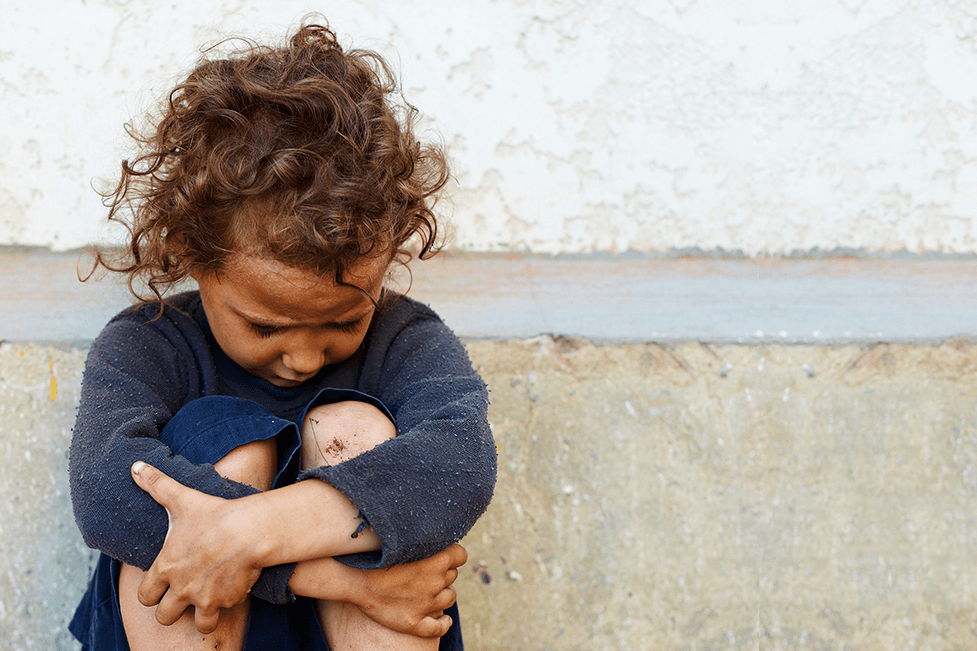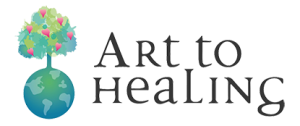SEX SLAVERY
The Global Scale of Human Trafficking
Human slavery is the 2nd largest organised criminal underworld, on earth.
The UN has reported that some trafficking groups are now switching from drugs to humans, in a bid to avoid risk and make an even larger illegal profit (The UN Office on Drugs and Crime).

Human trafficking is illegal and in many ways invisible.
Statistics are therefore hard to come by.
The following statistics represent an underestimation but are the most credible and frequently cited:
Profits from human trafficking are estimated by the International Labour Organisation (ILO) to be
The 2015 Global Slavery Index estimates the number of people in modern slavery is almost
Every year the number of new human trafficking victims increases by more than
WHAT IS SEX TRAFFICKING?
Trafficking is best defined as:
“The illegal trade of human beings, through abduction, the use or threat of force, deception, fraud or sale for the purposes of sexual exploitation or forced labour, servitude or slavery.”[5]
Lakshmi lives in a remote village. Lakshmi is 9 years old and has 5 younger siblings. She is a day’s walk from the nearest town. Her parents are rice farmers. They are very poor and spend what little money they have on alcohol. Lakshmi and her family barely have enough to eat. There is no school in Lakshmi’s village. She walks for 2 hours each day to go to school. Lakshmi enjoys studying, but is forced to drop out of school by her parents who pressure her to take up working in the rice fields.
Lakshmi is deeply saddened by the poverty that she and her family live in each day.
One day, a beautiful elder named Didi comes to visit Lakshmi and her family. Didi is dressed in expensive clothes and jewellery. She offers to take Lakshmi to a neighbouring country where she can have a good job and earn enough money for the family to keep them out of poverty. Didi offers the family a cash advance for Lakshmi.

Lakshmi and Didi leave the small village and cross the border into the neighbouring country. Once Lakshmi arrives, she is sold into slavery, locked up and tortured in a brothel.
As time goes on, Lakshmi is forced to have sex up to 40 times per day with men who are forceful and abusive.

In brothels, women and girls as young as Lakshmi are physically and emotionally tortured and abused. Once a girl like Lakshmi is raped, the man responsible will pay the going price for her virginity.
Girls like Lakshmi believe that they have bad karma and that to redeem themselves, they must continue to support their families through prostitution. Many of these girls and women resign themselves to a life of prostitution. Lacking support and compassion from their families they are forced to remain enslaved.
Even those girls that escape find it difficult, if not impossible to reconnect with their families. For those girls who have contracted HIV/AIDS they have little hope for reunification.
While it takes immense courage to break free from prostitution, in rehabilitation women and children may continue to experience the symptoms of deep and debilitating trauma. Self-harm (cutting), suicidal ideations, nightmares, loss of memory, eating disorders, concentration and attention difficulties, anxiety, depression, stress, HIV/AIDS and other sexually transmitted diseases are common experiences for those women and children working with Art to Healing.
Art to Healing works with women and girls like Lakshmi.
Although girls like Lakshmi have experienced unimaginable trauma we believe, and know there is always hope.
Transformation and healing are always possible.
MANEE’S STORY
The account below is taken from one of our art therapy research projects in Cambodia. The findings of the art therapy study were published in a chapter of Art Therapy in Asia: Close to the bone or wrapped in silk. [6]
Sadly this story is one of many from those girls and women we work with. Please note that names have been changed to protect privacy.


Picture 1:
This is an eye that is crying. In the eye is Manee’s father beating her.
The title of the picture is: “The day that I was very sad.”
The words that describe the image in the eye reads: “My father is hitting me.”
There are 3 images: her father hitting her and another body on the floor, unconscious. Manee comes from a family of violence and abuse.

Picture 2:
This is an image of Manee’s house in remote Cambodia. It is a poor house with many family members and her father and mother beat her constantly. At age 13, Manee’s mother brought her to a brothel to be sold.Picture 3:
Her mother, the left figure in the picture is grabbing her by the hand and selling her to the brothel owner. On the right is her father, holding the money that they made for selling their daughter.

Picture 3:
Her mother, the left figure in the picture is grabbing her by the hand and selling her to the brothel owner. On the right is her father, holding the money that they made for selling their daughter.

Picture 4:
This is the brothel that Manee was sold to. There are images inside the house that resemble physical abuse and prostitution. The black clouds in the sky denote the sadness and depression that she experienced while working in the brothel.

Picture 5:
This image is a representation of a black room that Manee was locked in when she was sold to the brothel. It was small, dark and she was not allowed to leave it. She was locked in this room until her virginity was sold.

Picture 6:
This is an image symbolising her unhappiness and sorrow from being trafficked and sold into prostitution. After her parents sold her to the brothel, Manee felt that her parents had abandoned her and that she had nowhere to go. She was sold when she was very young and does not remember where her parents lived.

Picture 7:
Manee was assisted by an anti-trafficking organisation who helped her leave the brothel. This picture illustrates her hope for her future. Manee wants to set up a tailoring shop. She feels fear and anxiety about being without her family. She misses them and hopes one day to find them.
1 “The Scale of Human Trafficking,” Stop the Traffik 2017, Accessed February 2017, https://www.stopthetraffik.org/the-scale-of-human-traffiking.
2 “ILO says forced labour generates annual profits of US$150 million,” International Labour Organisation May 2014, Accessed February 2017, http://www.ilo.org/global/about-the-ilo/newsroom/news/WCMS_243201/lang–en/index.htm.
3 “Global Slavery Index,” The Minderoo Foundation Pty Ltd 2017, Accessed February 2017, http://www.globalslaveryindex.org.4 B Chan, “Hong Kong a hot-bed for modern slavery,” South China Morning Post, 27 September 2013.
5 Protocol to Prevent, Suppress and Punish Trafficking in Persons, Especially Women and Children, Supplementing the United Nations Convention Against Transnational Organised Crime, Nov,15, 2000, UNTS Penal Matters Chpt: xviii.
6 Lydia Atira Tan, “Surviving Shame: Engaging Art Therapy with Trafficking Survivors in South East Asia,” in Art Therapy in Asia: Close to the Bone or Wrapped in Silk, ed. Debra Kalmanowitz, Jordan S. Potash and Siu Mei Chan (London: Jessica Kingsley Publishers: 2012) 283-297.





